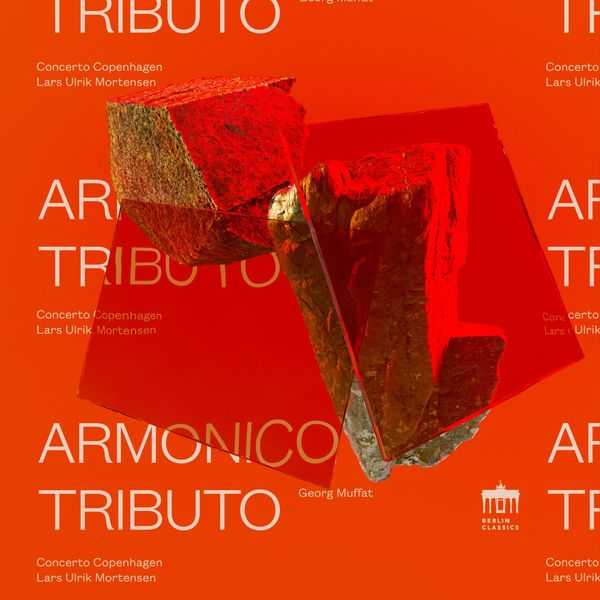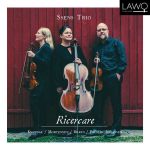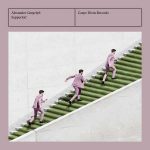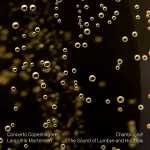

Composer: Georg Muffat
Orchestra: Concerto Copenhagen
Conductor: Lars Ulrik Mortensen
Format: FLAC (tracks)
Label: Berlin Classics
Release: 2022
Size: 2.13 GB
Recovery: +3%
Scan: yes
Sonata I
01. I. Grave
02. II. Allegro e presto
03. III. Allemanda
04. IV. Grave
05. V. Gavotta
06. VI. Grave
07. VII. Menuet
Sonata II
08. I. Grave
09. II. Allegro
10. III. Grave
11. IV. Forte e allegro
12. V. Aria
13. VI. Grave
14. VII. Sarabanda
15. VIII. Grave
16. IX. Borea
Sonata III
17. I. Grave – Allegro
18. II. Corrente
19. III. Adagio
20. IV. Gavotta
21. V. Rondeau
Sonata IV
22. I. Grave
23. II. Balletto
24. III. Adagio – Presto
25. IV. Menuet
26. V. Adagio
27. VI. Aria
Sonata V
28. I. Allemanda
29. II. Adagio
30. III. Fuga
31. IV. Adagio
32. V. Passagaglia
Georg Muffat (1653-1704) may have grown up in the French border region of Alsace at a time of conflict and war in Europe, but his music represented a harmonious meeting of multiple nations, feeding his native French forms and sensibility with Italian and German inspiration. Which in turn is very much what’s on offer from the five sonatas of his Armonico Tributo, published in Salzburg in 1682.
Standing as some of the very earliest examples of the Italian concerto grosso model as pioneered by Arcangelo Corelli, with whom Muffat studied, this set follows the form’s convention of contrasting tutti passages pitted against soli ones, but with each sonata having as much of a French dance suite air about it, thanks to its clearly Italian-style sections with their chordal sequences and rhythmic figures (Grave, Adagio etc) being complimented by melodically flowing dance movements such as the Menuet, Rondeau, Gavotta and Corrente.
To all this, Lars Mortensen and Concerto Copenhagen bring a warm, full, but still crisply nimble and lucid sound, solo sections gliding naturally in and out of the ensemble whole, and often with delicious daintiness. Take the opening of Sonata III, where after initial block chords comes a feather-light fugue on three subjects led by filigree-toned solo violins with airy prosecco-toned harpsichord support. Or the way the violins then skip light as a feather and beguilingly shaded through the later Gavotte, the continuo section sounding equally weightless beneath them.
Pleasures of the concluding Sonata V meanwhile begin with the warm ensemble expressiveness of its opening Allamanda with its heart-tugging suspensions – woodwind noticeably elegantly, democratically blended into the overall balance rather than dominating – and climax with the radiant and noble emotional world of its concluding German-influenced Passacaglia, played out with a thoroughly French-breathed, dancing legato rise and fall, and peppered with yet more organic advances and withdrawals from solo units. It’s of course impossible to know the performance style that Muffat himself envisaged for the notes on his manuscripts, but one can’t help but feel he’d have been happy with this set if readings.



